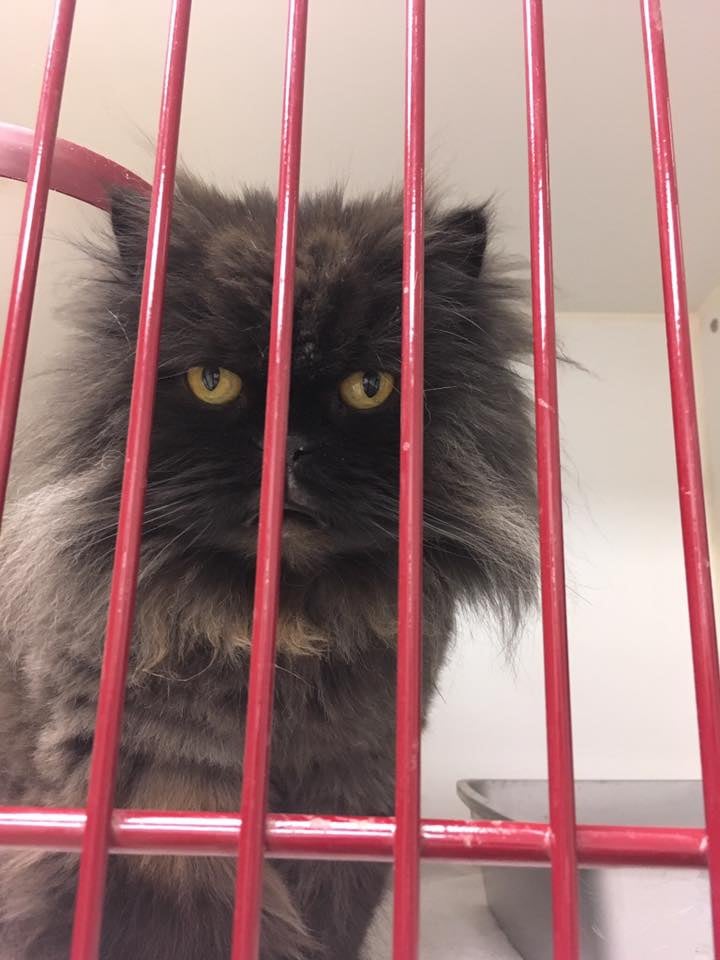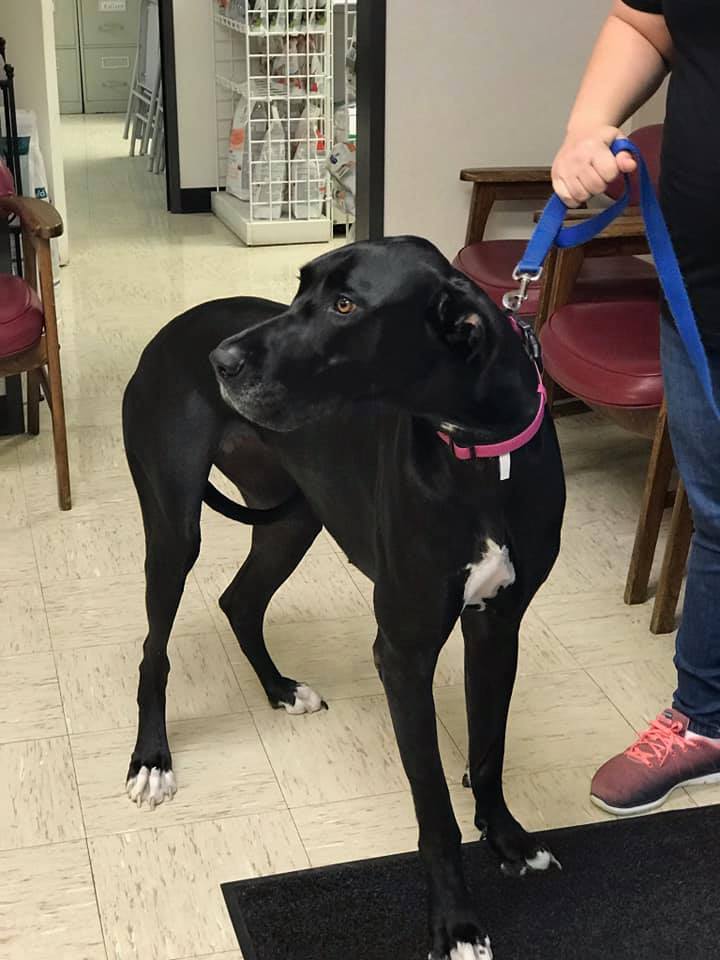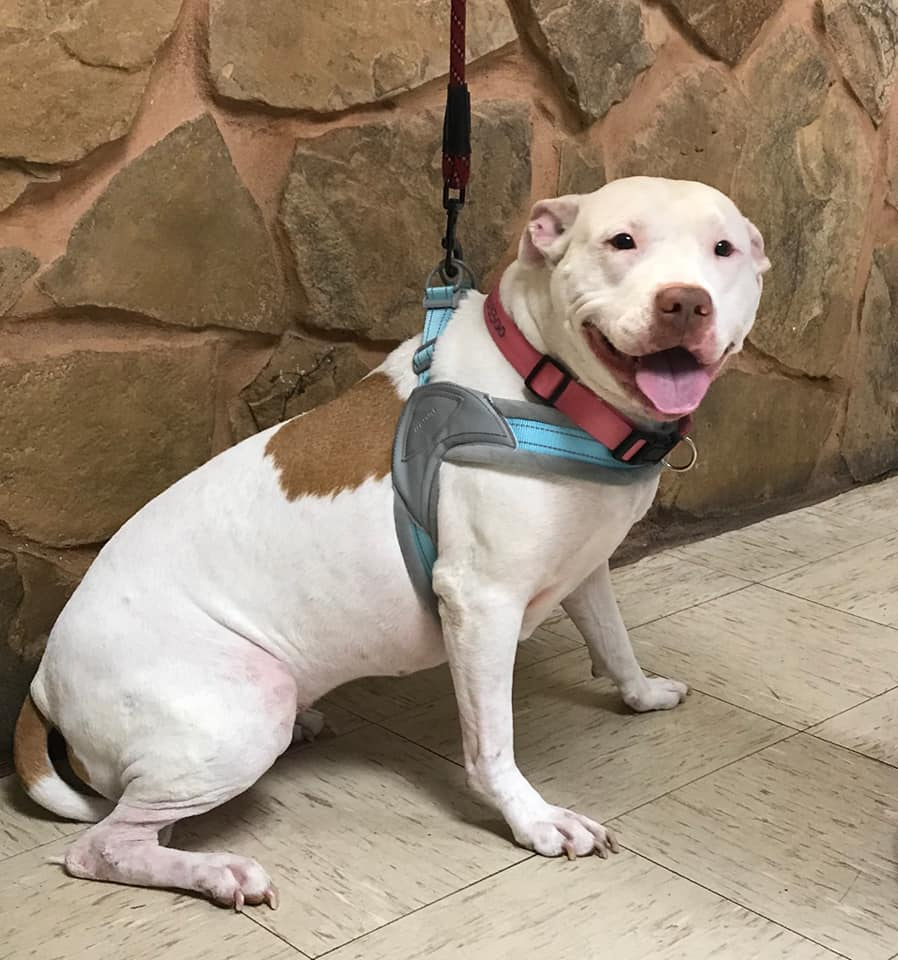Ways to Treat Seasonal Allergies In Cats and Dogs
As humans, we just expect that some seasons are going to cause our allergies to flare up and we’re equipped to either deal with it or seek treatment. But for our  pets, it’s not always so easy to understand what’s going on and know how to get them the relief they need.
pets, it’s not always so easy to understand what’s going on and know how to get them the relief they need.
If you notice your pet is constantly scratching themselves, sneezing, licking their paws, or shedding worse than before, seasonal allergies are likely driving these behaviors.
If you’re noticing some odd symptoms or behaviors in your cats or dogs but aren’t sure what to do about it, follow these guidelines to identify what’s causing the allergies and relieve your pet from its discomfort.
Identify what’s causing the allergies
Since they can’t tell you exactly what the problem is, you’ll need to pay close attention to your pet’s environment and surroundings to help identify the cause of the allergies. Like people, cats and dogs can be allergic to pollen, mold, dust, and other environmental elements. If you notice that the allergens are particularly high in your area of  Texas, this may be the root cause of your pet’s discomfort.
Texas, this may be the root cause of your pet’s discomfort.
Sometimes the problems are less conspicuous like a new laundry detergent used to wash your blankets or pet beds, a new perfume you’re wearing, or even room deodorizers or cleaning products.
Certain breeds are also more prone to experience seasonal allergies more than others so it’s always smart to do your research on your pet’s breed and tendencies before jumping into a treatment plan.
Identify Possible Solutions
Once you’ve discovered the likely culprit, it’s time to explore possible solutions to provide your pet with relief. Natural solutions are a great place to start:
If you’ve identified the allergen as something outside, try to limit your pet’s time outdoors until the symptoms have subsided. For dogs who require daily walking, time your walks carefully to avoid an influx of airborne allergens or aim to provide them with some rigorous, indoor exercises like a fun game of tug-of-war, inside fetch, or a wrestling match. For outdoor cats, consider making them a temporary shelter inside like in the basement or a spare bedroom.
Increase your pet’s bathing frequency and let them spend plenty of time getting “pampered” by using a combination of soothing oils or soaps (all pet-approved of course). Ingredients like oatmeal and aloe are known to be soothing for a pet’s skin so incorporating those in addition to your regular pet shampoo can provide extra relief.
Purchase an air filtration system or air purifier for your home to help alleviate sneaky allergens coming in through open doors and windows. Wherever possible, keep windows closed on days where allergens are high.
Create a rotation of pet blankets or beds, allowing you to wash the items more frequently.
If the natural solutions are not alleviating your pet’s discomfort or the  seasonal allergies appear to become worse, you can also consider medical intervention with
seasonal allergies appear to become worse, you can also consider medical intervention with  veterinary care.
veterinary care.
You can give your pet an over-the-counter antihistamine to relieve their symptoms but nothing with a decongestant or anything that contains pseudoephedrine. The dosage depends on your pet’s breed and weight so you should always  call your local veterinary clinic before taking this route.
call your local veterinary clinic before taking this route.
You can also schedule a visit with your pet’s veterinarian to have them examined and formally diagnosed so you can begin a specific treatment regimen for your pet.































































